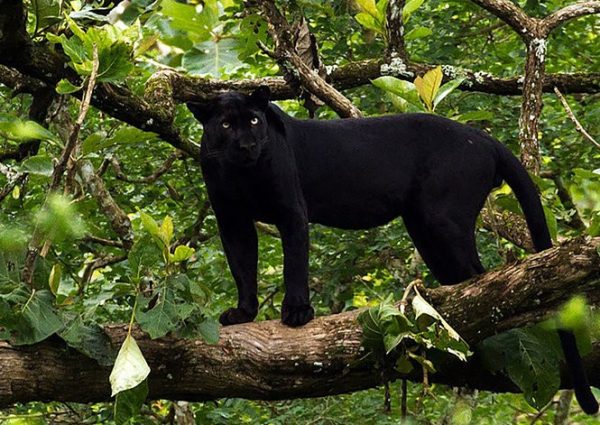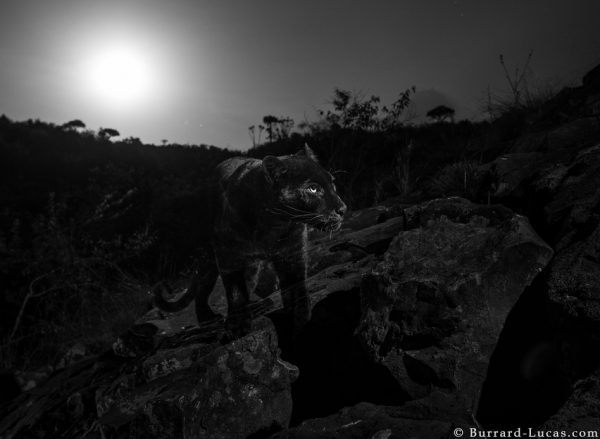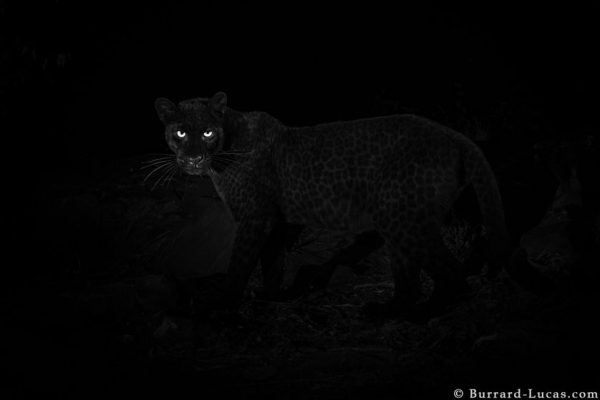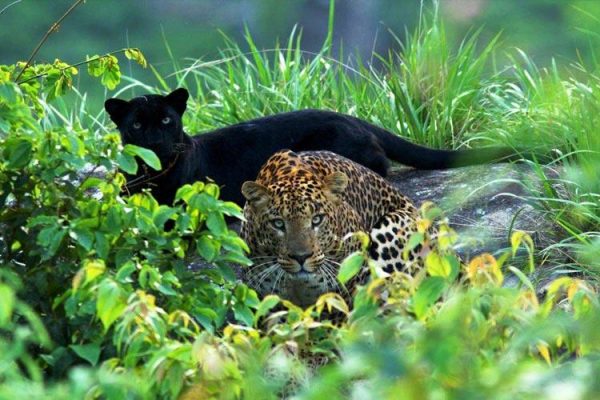
The Elusive Black Leopard
Black leopard sightings have been reported in Ethiopia, Kenya, and South Africa dating back to 1909, but until the recent sighting in Kenya, the only confirmed sighting was from Ethiopia.
You might have heard about a black leopard recently spotted in Kenya’s Laikipia area by Nicholas Pilfold from the San Diego Zoo. There have been reports of black leopard sightings in Africa but seldom are the sightings confirmed.

The smallest of the four big cats, the leopard is elusive, solitary and proficient at living in the shadows of its larger cousins the tiger and the African lion. Leopards are also adept at surviving in environments occupied by humans but live secretive lives rarely seen making the cat difficult to observe and complicating the ability to make estimates of the leopard population across Africa.
It is estimated that about 11% of all leopards are black but these cats with dark coats are even more elusive than the golden-tone leopards. The leopard is melanistic, a rare genetic mutation that causes it to sometimes appear completely black.
The Rare Black Leopard
The only difference between black leopards and other leopards is the color of their coat, a recessive genetic variation known as “melanism”. This mutation overrides a gene that regulates the production of melanin. This causes an over population of pigment which results in a black coat. The melanistic leopard still has all the same features as other leopards, including rosettes or spots. These spots are one of the pieces of evidence used to confirm black leopard presence in Kenya.
Melanism presents in the cat family and exists in 13 of the 37 cat species in the Felidae family.* This presence suggests an adaptive significance to carrying the trait.
Black leopards are sighted more frequently in densely forested areas, with most confirmed from south-east Asia. Melanistic leopards are thought to persist in dark forests because it offers additional camouflage. In the Malay Peninsula, more than 90% of leopards are black suggesting that the dark coats are an advantageous trait in natural selection and not just left to chance.

The distribution and frequency of black leopards in Africa is part of ongoing research. Since the start of a leopard conservation program two years ago in Laikipia County, central Kenya, there have been three different melanistic leopard individuals in the study area, suggesting that these leopards may be more common than previously thought.
Threats to Leopards

All leopards face the same threats, including habitat loss and fragmentation, prey loss, human conflict, poaching and trafficking of their parts. It is unknown if black leopards face more persecution than other leopards. If any leopard kills livestock they will face persecution no matter their coat color.
Through stories from communities, it has been noted that their is a level of protection for the black cats. When hunting was legal in Kenya, some guides refused to kill black leopards. In Samburu culture in the Laikipia Plateau, owning a black cow is thought to be lucky to herders. The sighting of a melanistic leopard is thought to be a symbol which requires interpretation and reflection.
Perhaps the recent sightings of the black leopard will attract global attention and people will become more aware of the importance of leopard conservation.
*How the Leopard Hides Its Spots: ASIP Mutations and Melanism in Wild Cats. PLOS|ONE December 12, 2012
McGonagle, J. (2011) The Adaptable Leopard: Why the Leopard May Be Better Suited for Survival in a Crowded Landscape than the Lion and Tiger. Issues in Evolution. Miami University.